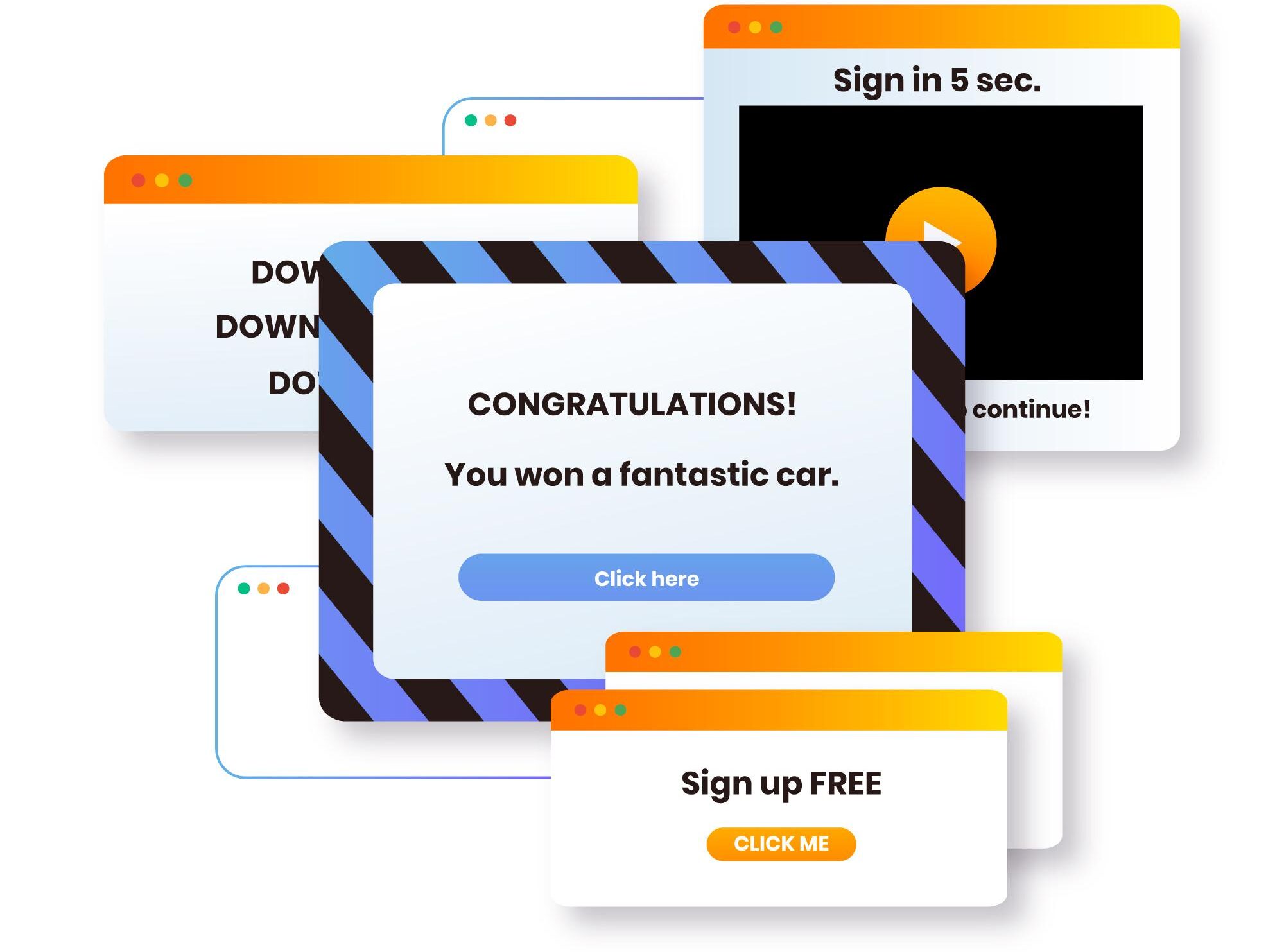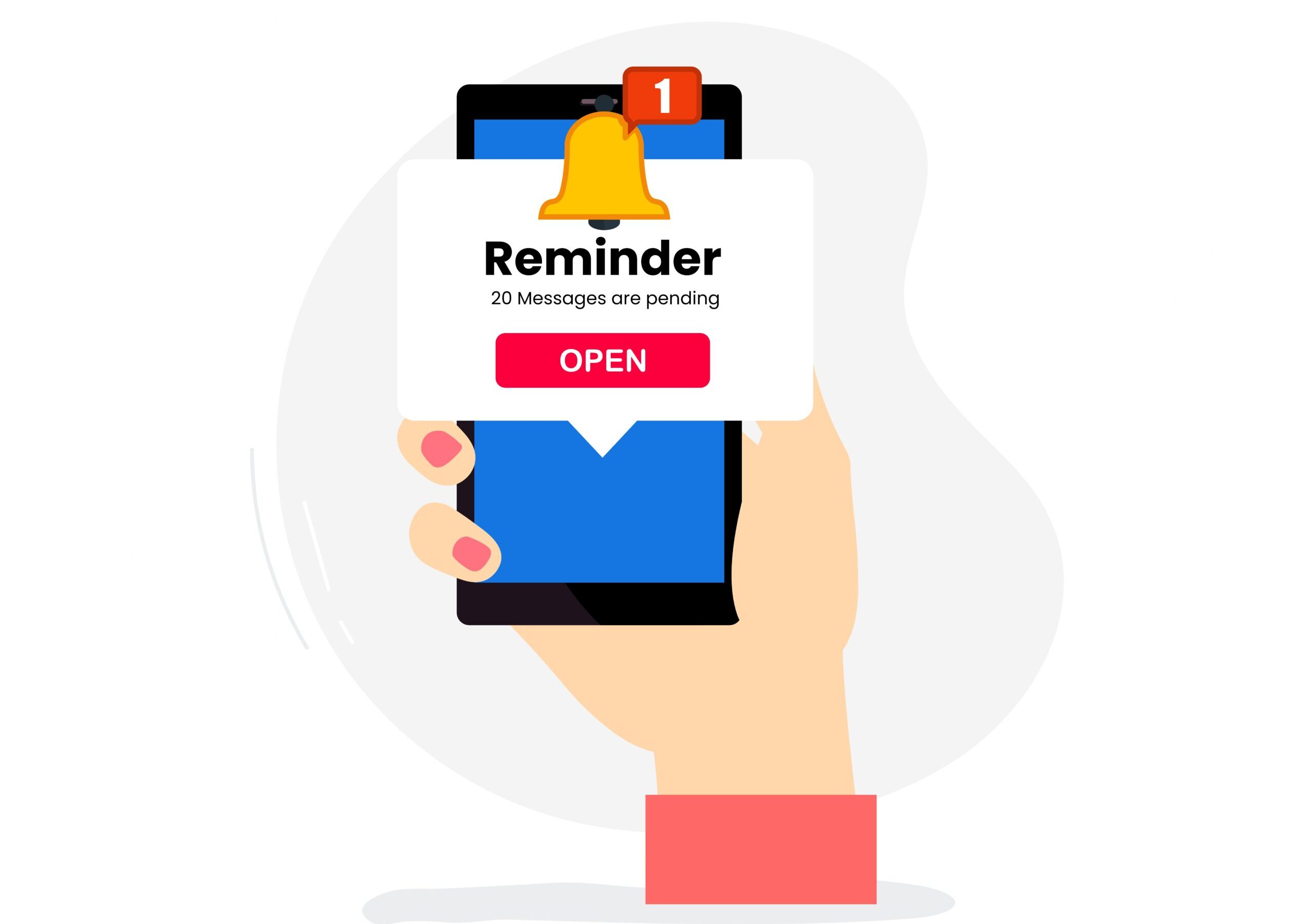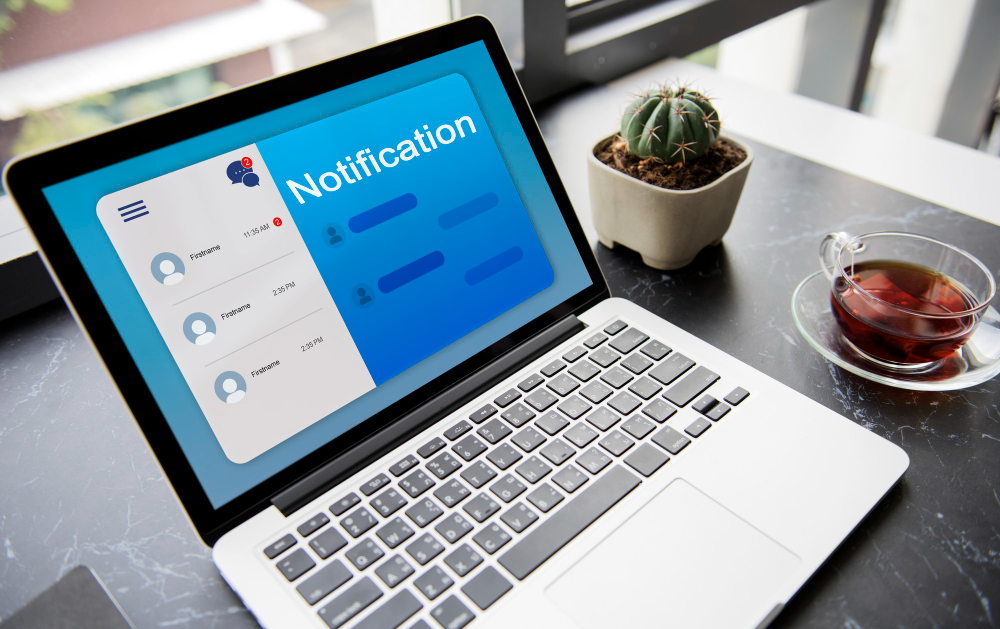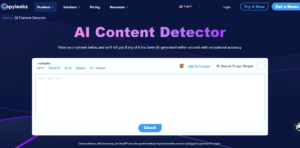15 Must-Know Web Push Notification Statistics
- 1 Global Adoption of Web Push Notifications
- 1.1 Opt-in Rates for Web Push Notifications:
- 1.2 Click-Through Rates (CTR) for Web Push Notifications:
- 1.3 Engagement and Retention:
- 1.4 Timing Matters:
- 1.5 Personalization Impact:
- 1.6 Platform Preferences:
- 1.7 Frequency of Notifications:
- 1.8 Rich Media Notifications:
- 1.9 Geotargeting:
- 1.10 E-commerce Impact:
- 1.11 Browser Support:
- 1.12 Permission Prompts:
- 1.13 A/B Testing:
- 1.14 Regulatory Compliance:
- 1.15 Integration with Marketing Strategies:
- 2 Time Spent After Engaging with Notifications
- 3 Wrapping Note:
- 3.1 FAQs:
- 3.1.1 1. How do I improve my web push notification opt-in rates?
- 3.1.2 2. What is the ideal frequency for sending web push notifications?
- 3.1.3 3. Are personalized push notifications more effective than generic ones?
- 3.1.4 4. Which industries benefit the most from web push notifications?
- 3.1.5 5. How can I optimize the timing of my push notifications?
- 3.1.6 6. What role do rich media elements play in web push notifications?
- 3.1.7 7. Are there any regulatory considerations to keep in mind when using web push notifications?
- 3.1.8 8. How can I measure the effectiveness of my web push notification campaigns?
- 3.1.9 9. Can I use web push notifications for re-engagement campaigns?
- 3.1.10 10. What strategies can I use to segment my audience for targeted push notifications?
Web push notifications statistics will help you better understand how users engage with push notifications and help you drive better results.
Web push notifications have become an increasingly popular way for businesses to engage with their audiences. With the ability to reach users even when they’re not actively browsing a website, push notifications offer a unique opportunity to deliver targeted, personalized messages directly to users’ devices. But just how effective are web push notifications, and what kind of impact can they have on user engagement and retention?
In this article, we’ll explore 15 must-know web push notification statistics that provide insight into the effectiveness of this powerful marketing tool. From opt-in rates and click-through rates to the impact of personalization and segmentation, these statistics offer valuable insights for businesses looking to optimize their push notification strategies. Whether you’re just getting started with web push notifications or looking to fine-tune your existing approach, these statistics will help you better understand how users engage with push notifications and how you can use this information to drive better results.
Global Adoption of Web Push Notifications

Web push notifications have become increasingly popular in recent years, with businesses and organizations using them to engage with their audience and drive traffic to their websites. According to recent statistics, the global adoption of web push notifications has been on the rise, with more and more businesses using this technology to reach their audience.
Here are some key statistics on the global adoption of web push notifications:
- As of 2021, over 1.6 billion websites were using web push notifications to engage with their audience.
- The global web push notification market size is expected to reach $6.5 billion by 2026, growing at a CAGR of 21.3% from 2021 to 2026.
- The United States has the highest adoption rate of web push notifications, with over 50% of businesses using this technology to engage with their audience.
- The Asia-Pacific region is expected to witness the highest growth rate in the adoption of web push notifications, with a CAGR of 23.7% from 2021 to 2026.
- The e-commerce industry has the highest adoption rate of web push notifications, with over 60% of businesses in this sector using this technology to engage with their audience.
These statistics demonstrate the growing importance of web push notifications in today’s digital landscape. As more businesses and organizations adopt this technology, it is clear that web push notifications will continue to play a key role in engaging with audiences and driving traffic to websites.
| Statistics Category | Key Insights |
|---|---|
| Global Adoption of Web Push | – Over 1.6 billion websites using web push notifications |
| Notifications | – Expected market size to reach $6.5 billion by 2026 |
| Opt-in Rates | – Average opt-in rate: 45.1% |
| Click-Through Rates (CTR) | – Average CTR: 7.8% |
| Engagement and Retention | – Increased user return rates observed |
| Timing Matters | – Optimal timing is crucial for engagement |
| Personalization Impact | – Personalized notifications outperform generic ones |
| Platform Preferences | – Varying response rates across different devices and platforms |
| Frequency of Notifications | – Balancing frequency to maintain user interest |
| Rich Media Notifications | – Incorporating rich media enhances engagement |
| Geotargeting | – Effective for local businesses |
| E-commerce Impact | – Significant role in driving sales |
| Browser Support | – Effectiveness influenced by browser support |
| Permission Prompts | – Wording and design impact opt-in rates |
| A/B Testing | – Testing different strategies for optimization |
| Regulatory Compliance | – Importance of adhering to privacy standards |
| Integration with Marketing | – Integration into broader marketing strategies |
| Strategies | – Coherence and effectiveness ensured |
| Time Spent After Engaging | – Increased user engagement, longer website visit durations |
| with Notifications | – Users spend an average of 2.7 minutes on a website after engaging with web push notifications |
Opt-in Rates for Web Push Notifications:
Opt-in rates refer to the percentage of users who have agreed to receive web push notifications from a website. According to a study by Accengage, the average opt-in rate for web push notifications is 45.1%. However, this can vary depending on the industry and the type of website.
Click-Through Rates (CTR) for Web Push Notifications:

Click-through rates (CTR) measure the percentage of users who click on a web push notification after receiving it. The average CTR for web push notifications is 7.8%. This is higher than the average email CTR, which is around 2.5%.
Engagement and Retention:
- Web push notifications can significantly improve user engagement and retention.
- Websites implementing push notifications often experience increased user return rates.
Timing Matters:
- The timing of push notifications is crucial. Sending messages at the right time can significantly impact engagement.
- Studies suggest that the best times for sending messages vary depending on the target audience and industry.
Personalization Impact:
- Personalized push notifications perform better than generic ones.
- Segmentation and targeting based on user behavior and preferences can improve overall performance.
Platform Preferences:
- Different devices and platforms may have varying response rates to push notifications.
- Consider optimizing notifications for other browsers and devices to maximize effectiveness.
Frequency of Notifications:
- Overloading users with too many notifications can lead to increased opt-out rates.
- Finding the right balance in terms of frequency is essential for maintaining user interest.
Rich Media Notifications:
- Including rich media elements such as images, gifs, and emojis in notifications can enhance user engagement.
Geotargeting:
- Geotargeted push notifications, which are based on a user’s location, can be highly effective for local businesses.
E-commerce Impact:
- Web push notifications play a significant role in e-commerce, driving sales through abandoned cart reminders and promotional offers.
Browser Support:
- The effectiveness of web push notifications may depend on the browser and its support for push notifications.
Permission Prompts:
- The wording and design of permission prompts for push notifications can impact opt-in rates.
A/B Testing:
- A/B testing different notification strategies can help optimize the performance of web push campaigns.
Regulatory Compliance:
- Adhering to privacy and regulatory standards, such as GDPR, is crucial for maintaining user trust.
Integration with Marketing Strategies:
- Web push notifications should be integrated into broader marketing strategies to ensure coherence and effectiveness.
Time Spent After Engaging with Notifications
Web push notifications can increase user engagement and keep users on a website for longer periods. According to a study, users who engage with web push notifications spend an average of 2.7 minutes on a website, which is 28% longer than users who do not engage with notifications.
Wrapping Note:
In conclusion, the statistics surrounding web push notifications underscore their increasing prominence in modern digital marketing strategies. As businesses strive to connect with their audiences in a personalized and timely manner, web push notifications emerge as a powerful tool for engagement and retention. From the global adoption trends to the nuances of optimization strategies, these statistics highlight the significant impact that well-crafted push notifications can have on driving user interaction and website traffic. By leveraging the insights gleaned from these statistics, businesses can refine their approaches and harness the full potential of web push notifications to enhance user experiences and achieve their marketing objectives.
FAQs:
1. How do I improve my web push notification opt-in rates?
Optimize your permission prompts with clear and compelling messaging, and consider offering incentives for opting in.
2. What is the ideal frequency for sending web push notifications?
Strive for a balance between staying top-of-mind and avoiding notification fatigue; tailor frequency based on user preferences and behavior.
3. Are personalized push notifications more effective than generic ones?
Yes, personalized notifications based on user behavior and preferences tend to have higher engagement rates.
4. Which industries benefit the most from web push notifications?
E-commerce and local businesses tend to benefit significantly, but the effectiveness can vary based on the industry’s nature.
5. How can I optimize the timing of my push notifications?
Conduct A/B testing to determine the best times for your target audience, considering factors like time zones and user habits.
6. What role do rich media elements play in web push notifications?
Incorporating images, gifs, and emojis can enhance user engagement and make notifications more visually appealing.
7. Are there any regulatory considerations to keep in mind when using web push notifications?
Yes, ensure compliance with privacy regulations like GDPR to maintain user trust and avoid legal issues.
8. How can I measure the effectiveness of my web push notification campaigns?
Track metrics such as opt-in rates, click-through rates, and user engagement to gauge campaign performance.
9. Can I use web push notifications for re-engagement campaigns?
Absolutely, web push notifications are effective for re-engaging users who have shown previous interest but haven’t returned to your site.
10. What strategies can I use to segment my audience for targeted push notifications?
Segment users based on factors like their browsing history, purchase behavior, geographic location, and demographic information to send more relevant messages.

















